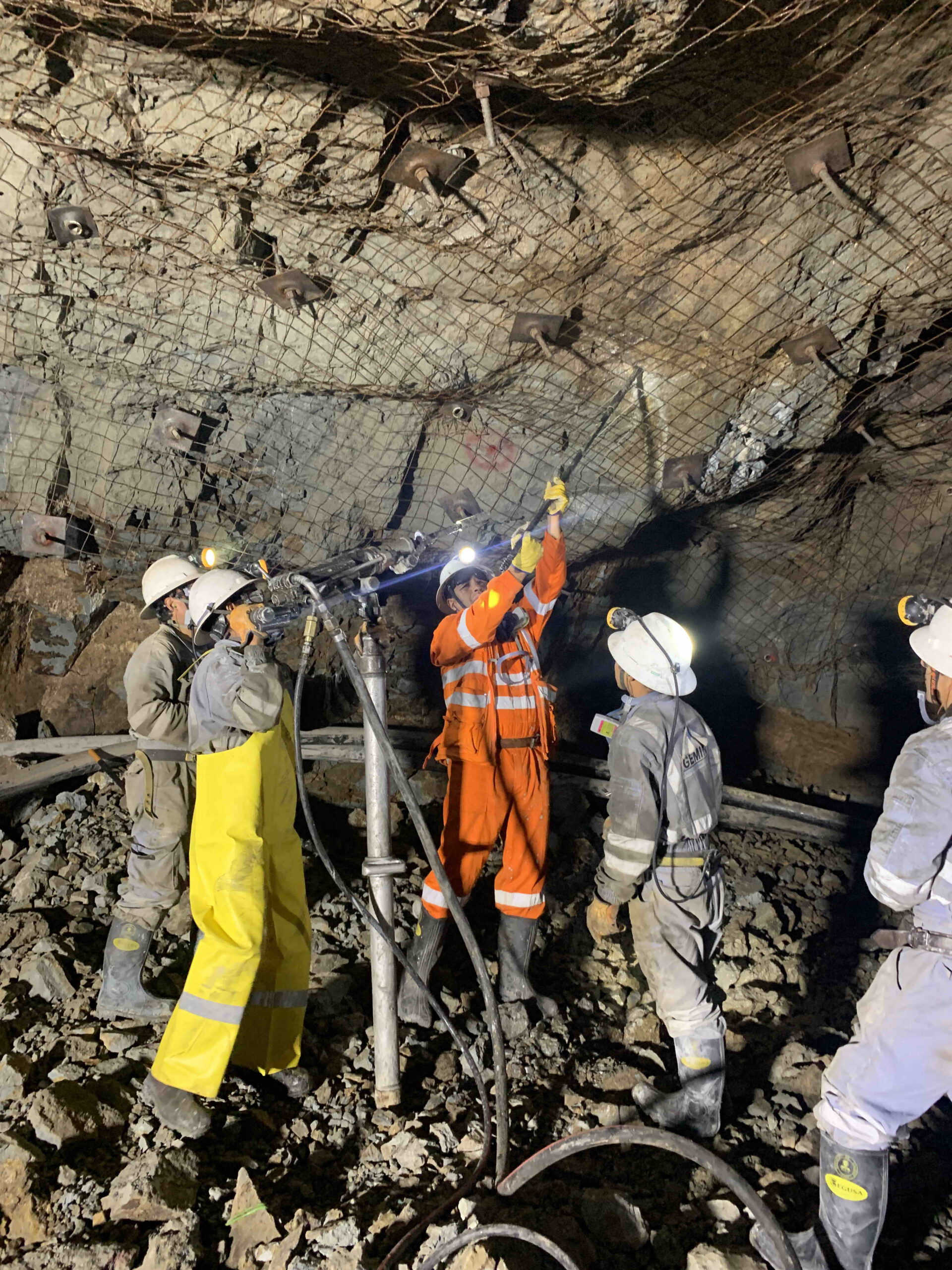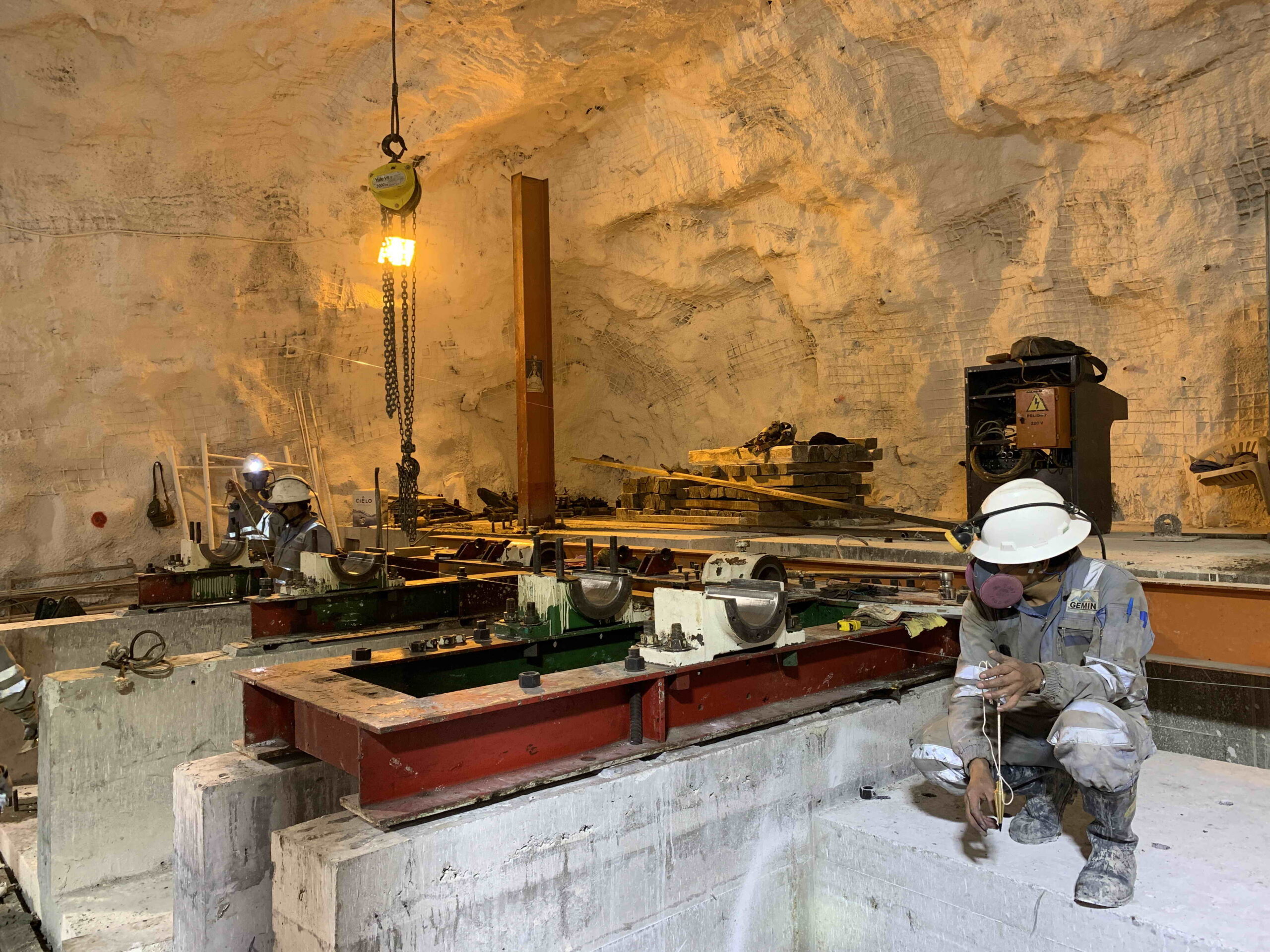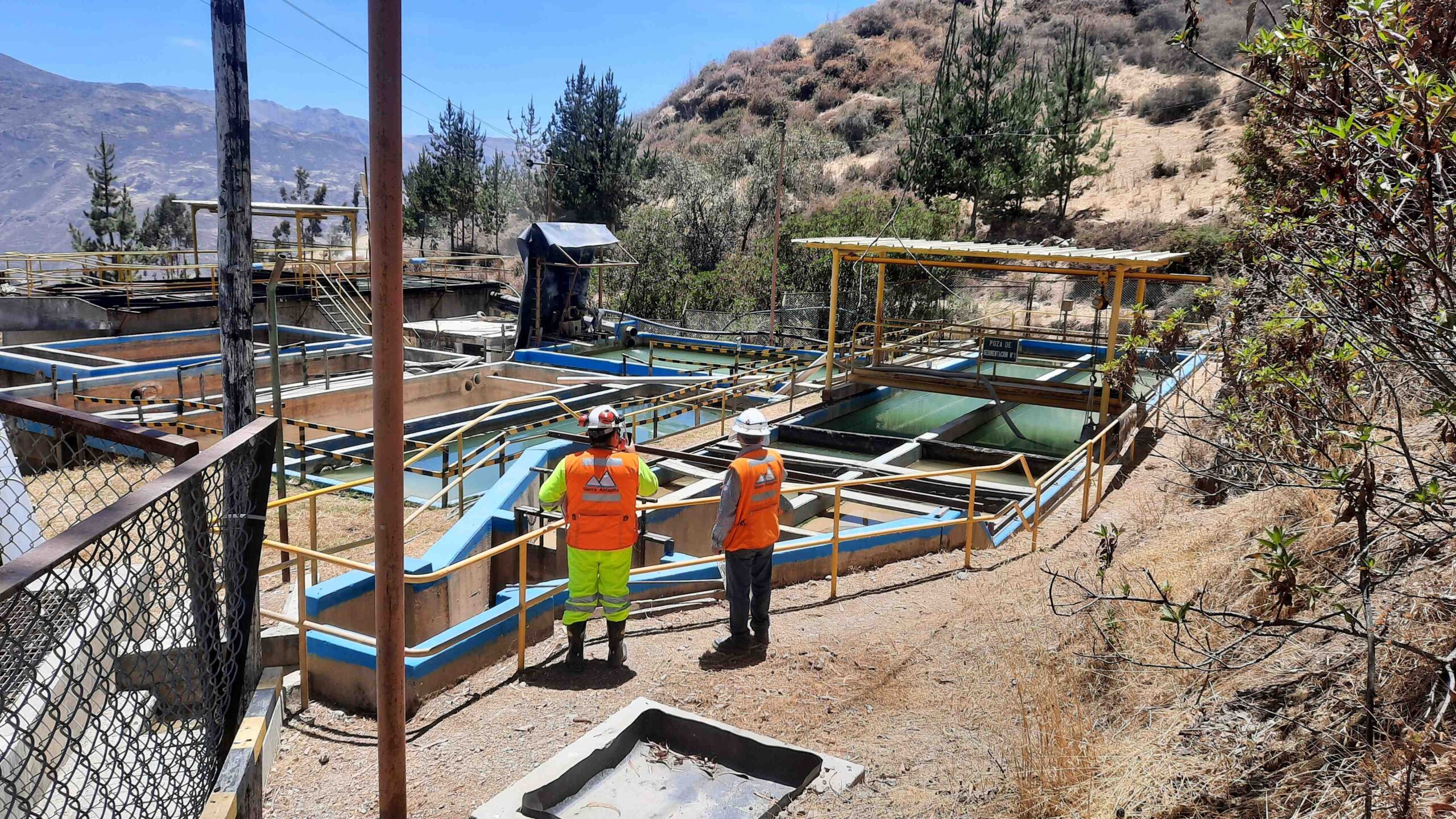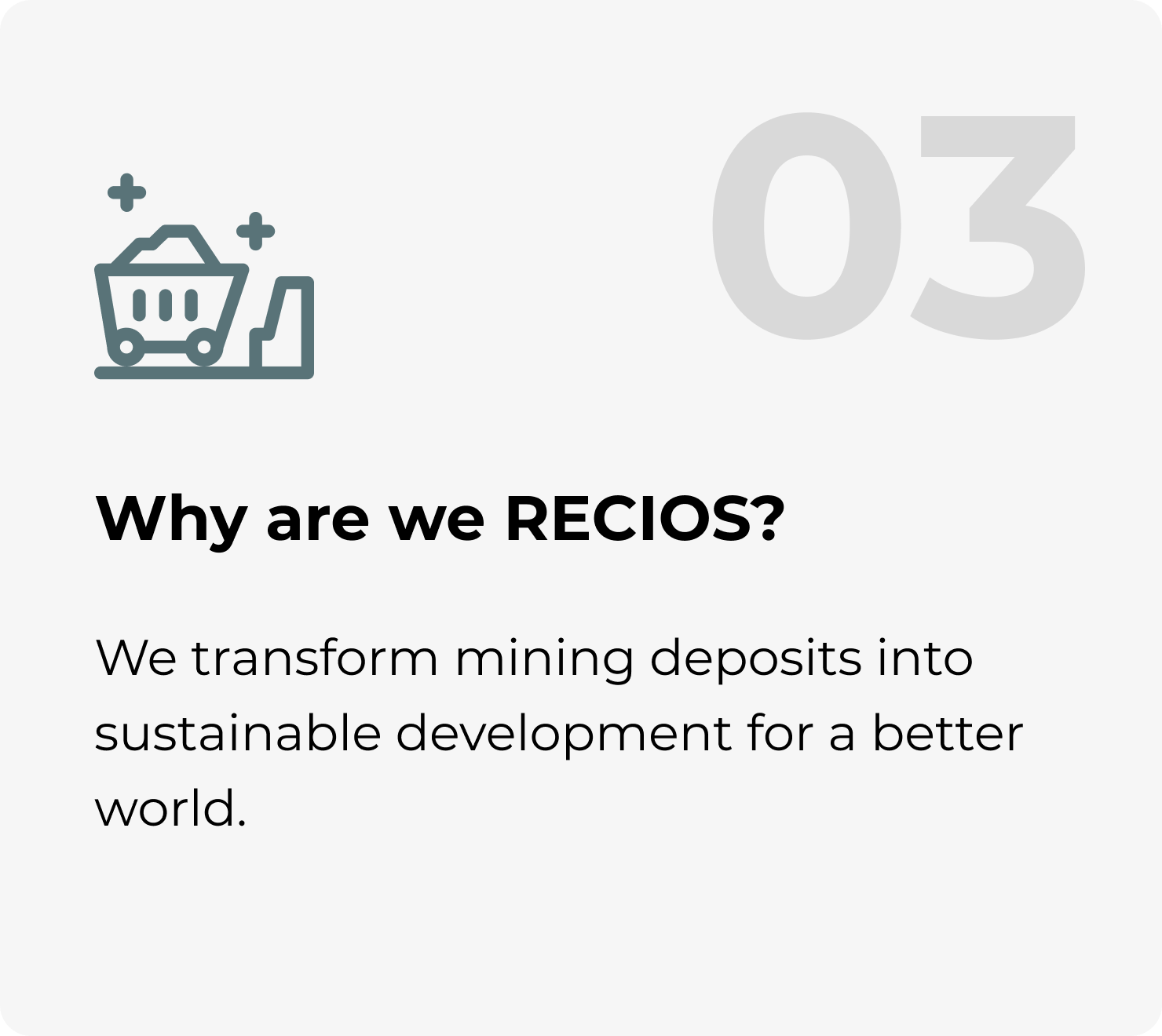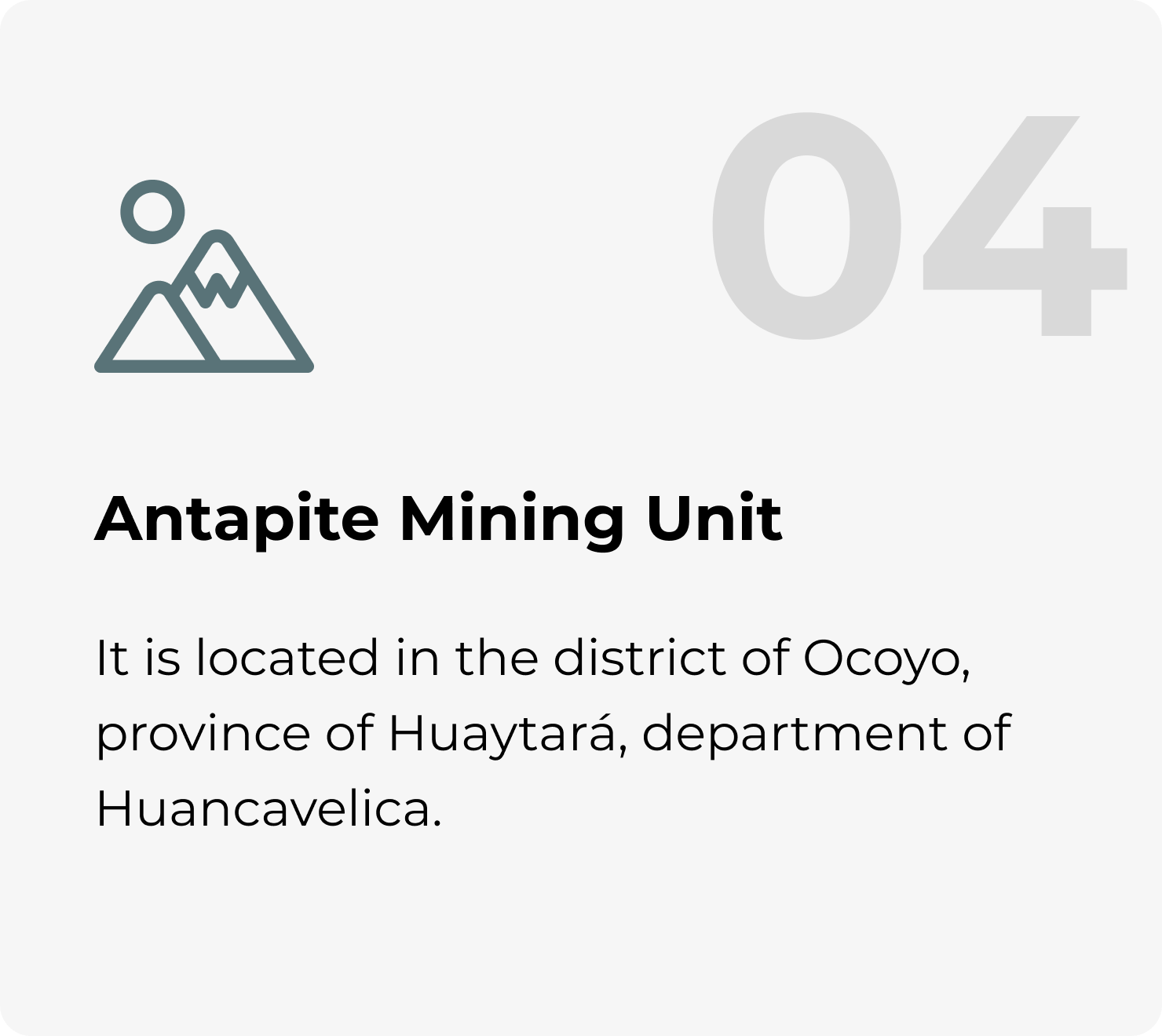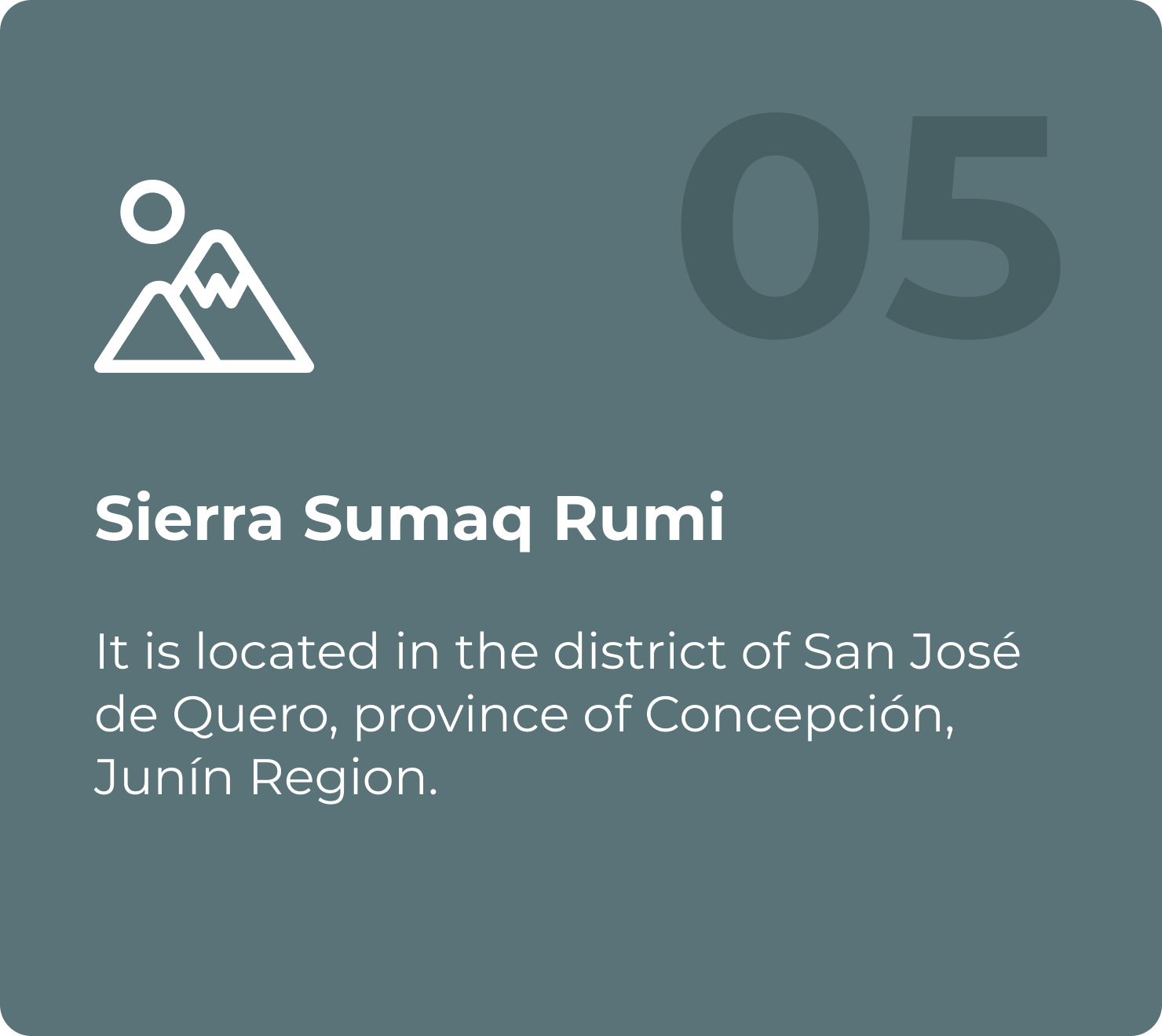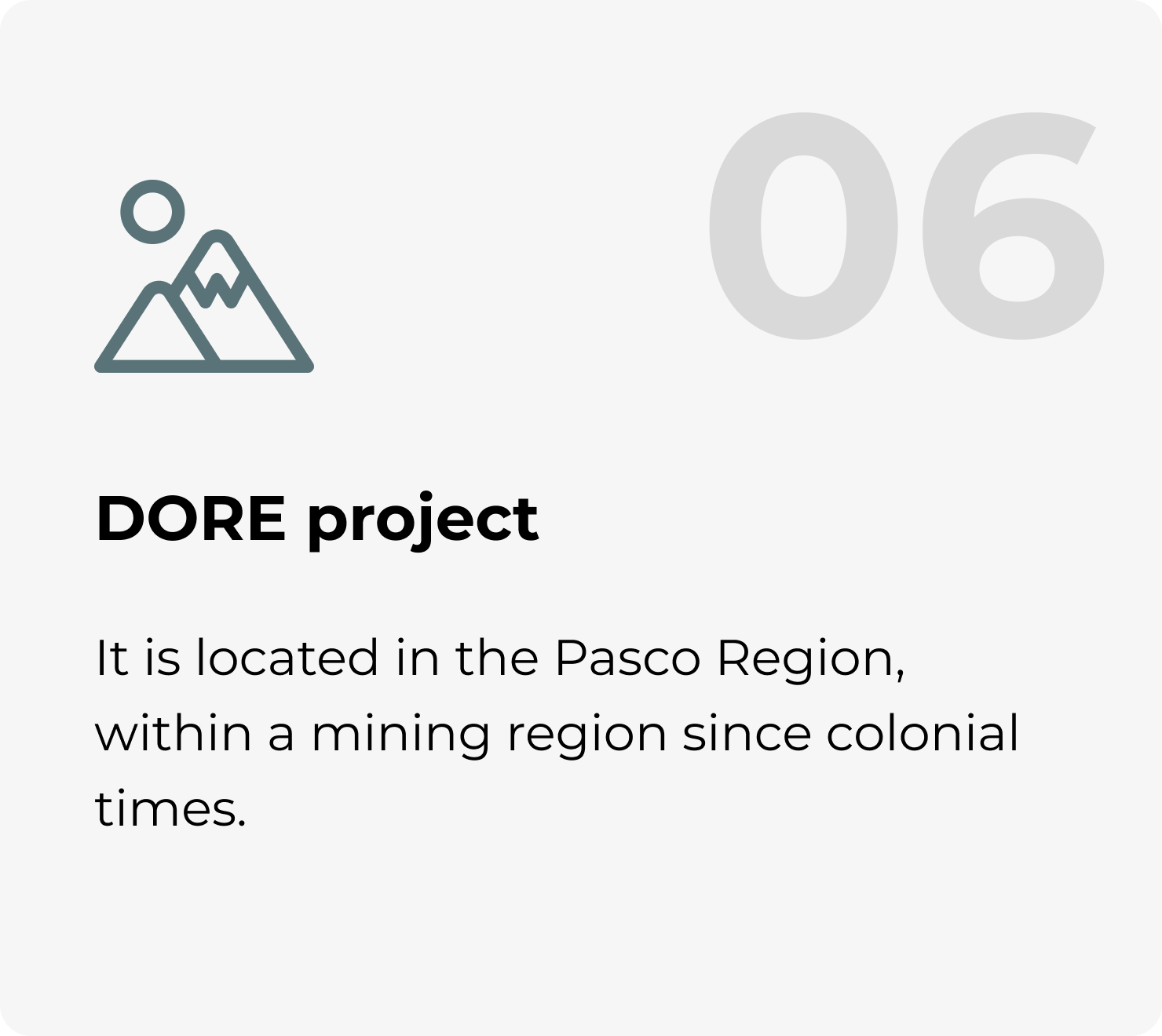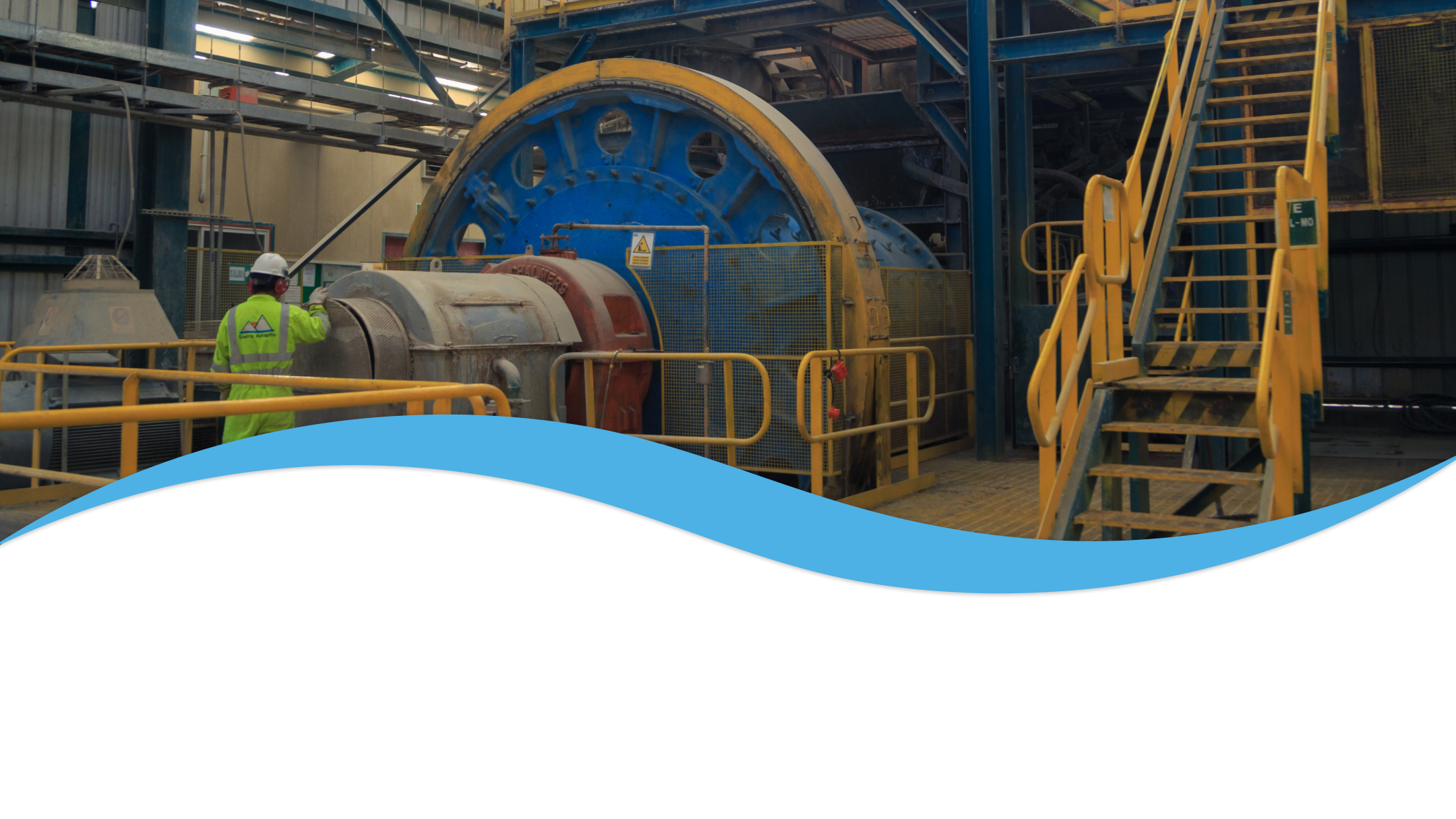
UNIT ANTAPITE
The Antapite Mining Unit exploits gold, and was acquired from Buenaventura in December 2016. It is located in the district of Ocoyo, province of Huaytará, department of Huancavelica at an altitude between 3,350 and 3,380 meters above sea level. It is accessible from the city of Ica (Km 307 of the Panamericana Sur) town of Los Aquijes, from where the unpaved road starts towards Tingue – Cordova – Antapite (130 km approx.).
In this unit, a series of technological improvements based on engineering have been implemented in search of the mechanization of the entire process. Implementation of new equipment has been developed for exploitation and works that allow greater operational optimization, generating greater efficiency.
Currently the plant processes a total of 750 TNs per day. Mechanized and Conventional Underground Mining was developed, under the Ascending Cut and Fill Exploitation method, Sub Level Stoping. Our projection is to grow to 1000 TNs per day. We operate being respectful of the environment, taking care of the quality and quantity of water for nature.
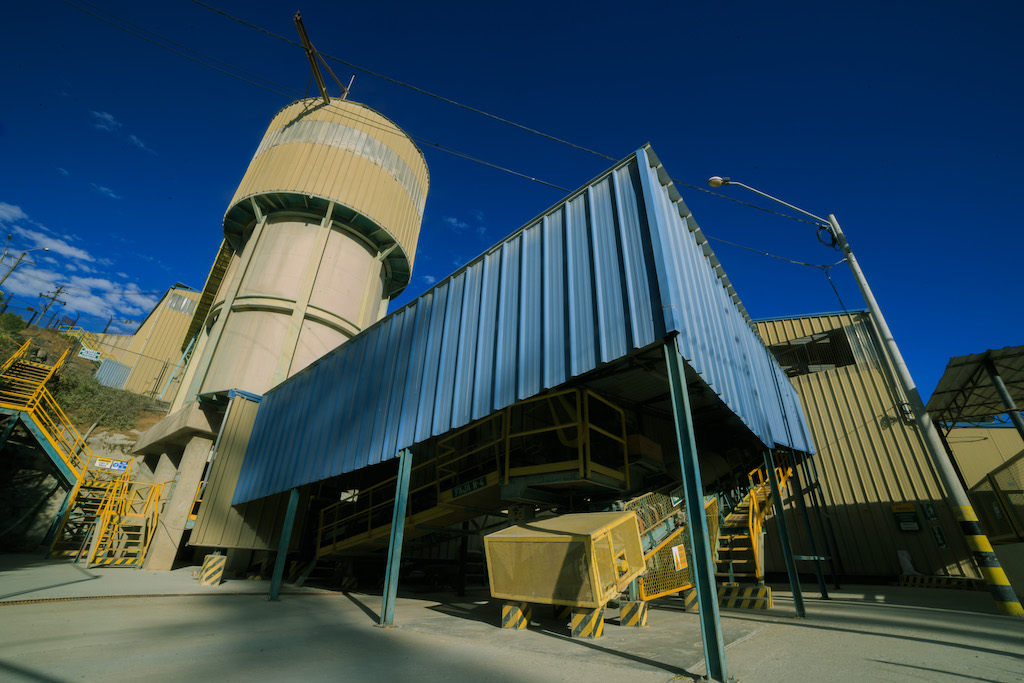
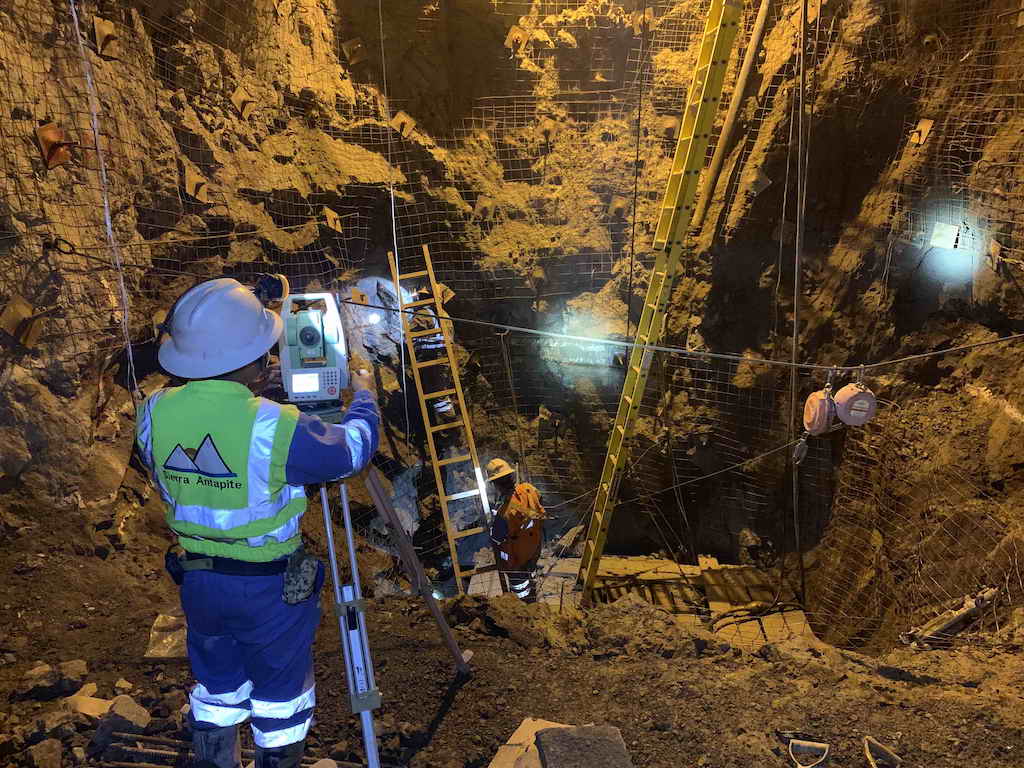
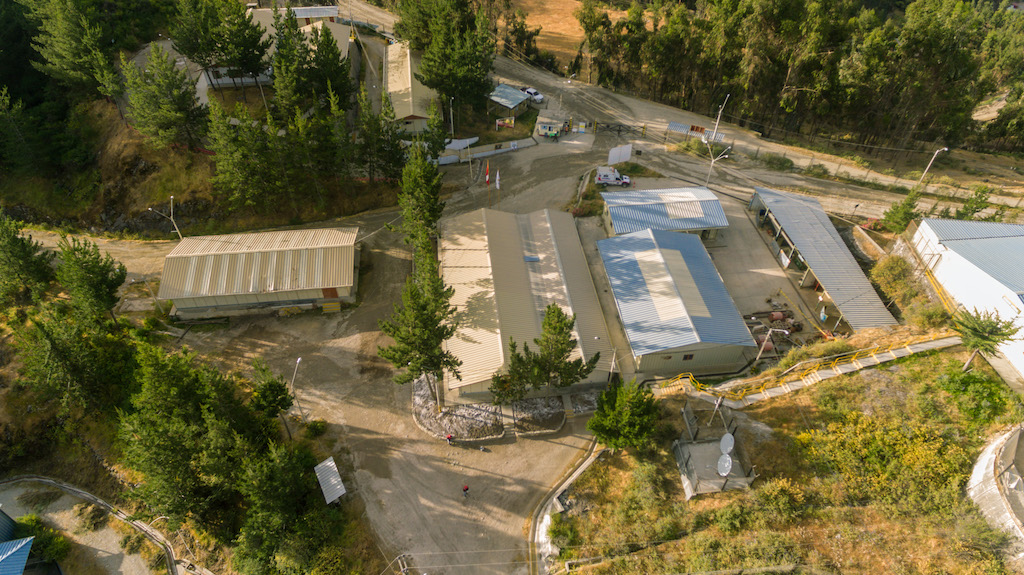
Regarding the geology, Antapite is a low sulphidation epithermal deposit, which mainly produces gold and silver as a by-product. The mineralization is hosted in volcanic and volcano-sedimentary rocks, from Eocene to Oligocene in age, which lie unconformably on a pre-volcanic substrate of Mesozoic sediments and also on a basement composed of the Coastal Batholith. There are two systems of structures, the first of which is Andean NW-SE (current area of operation). The second system is trans-Andean trending NE-SW, represented by the veins of the Accocancha and Carmencita zone.
The process plant facilities are located in the area called Chocllanca. It is currently benefiting 700 TMSD and contemplates the following processes: Crushing (Primary Quijada Traylor 15'x30' and Secondary Conical Symons 4 ¼”), Grinding (Primary Ball Mill 9'x13' and Secondary 8'x10'), classification and gravimetry (Falcón SB-750), thickening (Thickener 60'x12'), cyanidation (6 Tanks 30'x30'), activated carbon adsorption (6 Tanks 14'x16'), desorption, ILR, electrodeposition, smelting, cyanide destruction (Use of Caro's acid) and disposal of tailings.
The tailings dam from the beginning of operations has a water recovery system that allows to provide the necessary water for the operation of the process plant, a floating pumping system is used that sucks the supernatant water and leads it to a water storage tank.
